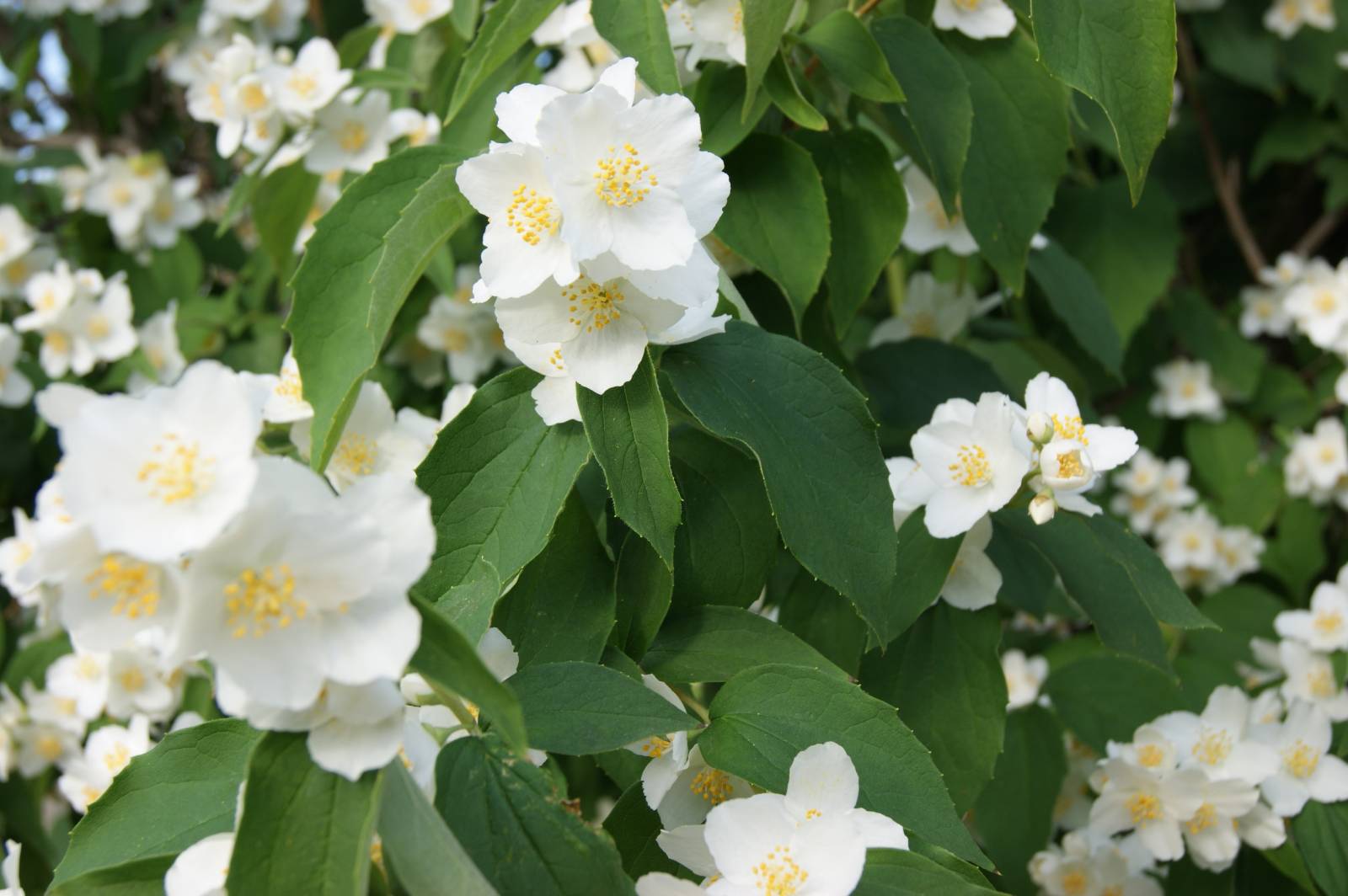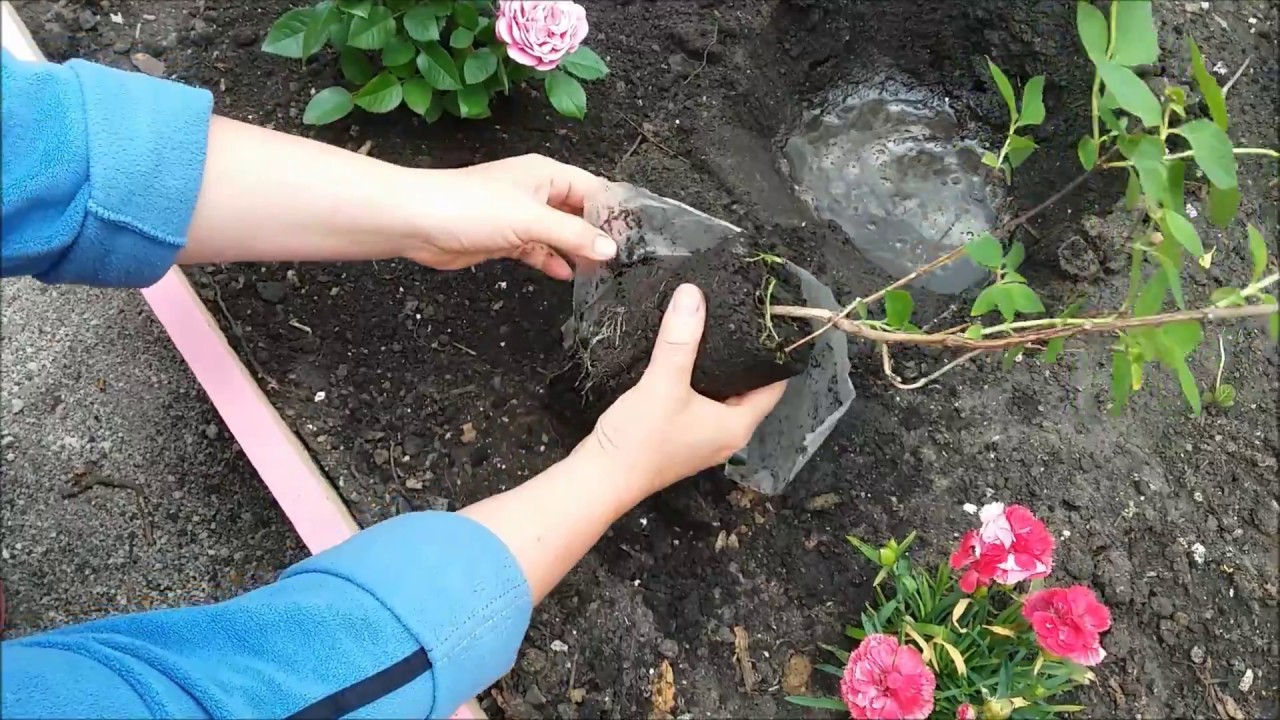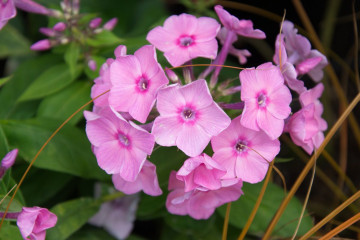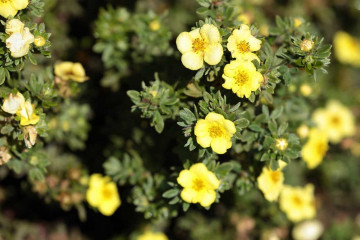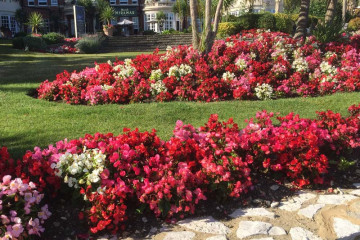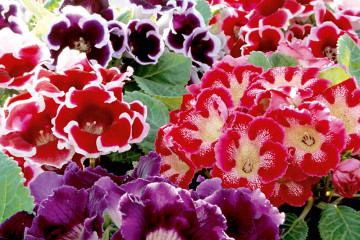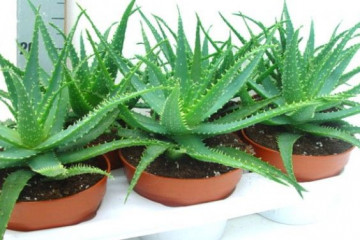Jasmine shrub - what it looks like, species
Content:
Jasmine is a shrub that is often found in gardens or near homes. It is very comfortable to grow in any conditions. A distinctive feature of this flower is its large petals and a pronounced aroma. To grow a large and healthy plant, you need to know the basic rules and nuances of care. If you follow all the recommendations, jasmine will delight you with its unusual appearance for a long time.
Jasmine - what kind of shrub is it, what family does it belong to?
Jasmine is a plant that belongs to the Olive family. It is a genus of evergreen shrubs. The stem of the flower is thin and smooth, with green leaves growing on it. A plant native to Western Europe, but at the moment it is widespread in many parts of the world. Jasmine will not curl during growth, it scatters branches in different directions.
The medicinal plant is often used to treat wounds, treat bronchitis, abdominal pain, and also in cosmetology.
There are double and semi-double varieties, with large and small flowers. Outwardly, all plants have similar features, the cultivation technique is also no different.
Plant varieties, popular garden varieties
There are several varieties of garden jasmine, each of which has distinctive features.
Small-leaved jasmine
The name speaks for itself. Small-leaved species is a small shrub that reaches a height of 90-100 cm.
Small but curved leaves are a distinctive feature. It is a white jasmine that has a pleasant aroma reminiscent of strawberries.
Common jasmine corona
Jasmine, similar to a tree - in the garden reaches 2-3 m in height. During the flowering period, the shrub transforms, large inflorescences appear on it.
White buds with a pleasant sweet scent. The leaves are deep golden in color.
Jasmine fluffy
It is recommended to plant this plant in large areas or in a park area. The height of an adult bush reaches 3.5-4 m. Of all types of jasmine, this one is the highest.
Fluffy jasmine blooms in the second half of summer and keeps flowers for a month
Chinese jasmine
Common view. It is used as an aromatic additive to green tea, and essential oils are extracted from it, which then go into various perfumes. The healing properties are used in Chinese medicine.
Planting garden jasmine in the open field
Every gardener should know how to plant jasmine. First of all, you need to choose a place and prepare the soil.The further development of the plant depends on these measures.
Location selection
Shrub jasmine must be planted in the ground in the spring. In order for the plant to take root well, not hurt and grow strong, it is necessary to take seriously the choice of the site. The main points to pay attention to:
- Cultivation should take place in places where there is no draft. The flower will grow luxuriantly and regularly produce fragrant flowers. A well-lit area with direct sunlight is suitable.
- For complete harmony, jasmine is planted next to lavender, spirea or hydrangea.
- If it was not possible to plant the plant in the spring, the procedure is postponed to the autumn time.
How to prepare the soil and flower for planting
The shrub, although not whimsical, still requires soil preparation. The soil must be saturated with useful trace elements. Since the roots of the plant do not tolerate excessive moisture, the planting area should be elevated. It is recommended to dilute clay soil with light fillers.
How to care for a shrub
To preserve the true decorative appearance of the bush and maintain a lush flowering, it is necessary to properly care for the jasmine. There are several main points that relate to care: watering, pruning and feeding.
Watering rules and humidity
Jasmine prefers slightly moist soil, but does not tolerate drying out. In spring and autumn, it is not necessary to water it - there is enough rainfall.
In hot summers, the leaves may drop or curl. To avoid this, it is necessary to ensure regular watering during the hot season. It is enough to moisten the soil 1-2 times a week.
Top dressing and soil quality
Top dressing is beneficial by helping the bush to grow and develop properly. The first fertilizer must be used a year after planting, before that there are enough substances laid down during planting.
- In the spring, organic fertilizers are used with water in a ratio of 1:10.
- In summer, mineral dressings in the form of a solution are suitable. The composition should include urea, superphosphate and potassium. A solution is made based on the purchased drug and water, and then it is introduced into the soil after watering.
- It is also recommended to fertilize in September. At this time, phosphorus and potassium are also needed.
The soil in the composition should have leafy earth, sand and humus.
Pruning
Jasmine is a shrub that needs to be pruned regularly. This procedure will make the plant well-groomed, neat and beautiful. The number of flower pruning per year is from 1 to 3. In the spring, formative pruning is carried out, on which the further growth of the flower depends. It is recommended to do this in the spring, because jasmine is in a vegetative state.
Long branches are regularly trimmed completely, and short ones are cut in half. To make the flowering more abundant, you can remove all empty branches. In adult plants, the central trunk is cut to 40 cm, and the rest are removed completely. At the end of the season, a full inspection of the jasmine should be done and damaged branches removed.
Winter garden jasmine care
Young bushes must be prepared for winter in advance. The trunks are covered with earth and leaf humus. The branches are collected, lifted up and tied.
From above, cover the young jasmine with light material. During the winter, it is important to ensure that snow does not collect on the protective film, which can break fragile shoots.
An adult plant is looked after as a normal fruit garden tree.
Features of flowering plants
Jasmine is a shrub, planting and caring for which, it seems, is not difficult.But there are blooming features that you need to know about so as not to panic ahead of time or over trifles.
Flowering begins only 2-4 years after planting. How jasmine blooms can be seen from June to September. This interval may vary depending on care and climate.
The buds are formed at the ends of the branches, as a rule, they are white and regular in shape.
Shrub propagation methods
The propagation of garden jasmine takes place in several ways. The plant itself withstands transplantation well and takes root quickly without the use of special preparations. How to plant jasmine, every florist should know.
Seed propagation
Domestic and wild plants practically do not reproduce by seeds. If you propagate a flower in this way, then it will bloom only after 5-7 years.
Seeds are planted in fall or spring. In the cold season, cover the soil with branches or dry grass. Sowing is generally best done in a greenhouse.
The seeds are pre-prepared and processed in Epin's solution. The seedlings are mixed with the sand and sent to small holes, covered with peat on top. The plant will rise after a few weeks.
When the seedlings form their root system, they can already be sent to open ground for further growth.
By cuttings
The stalk must be taken summer, curving and green. The length of the handle should be 10 cm.
An even incision is made above the upper kidney, and an oblique one above the lower kidney. The leaves must be removed from the bottom, and the upper ones must be shortened by half. The cuttings are preliminarily kept in a solution of a rooting stimulator for 20 hours.
The plant is planted in a greenhouse by placing it in a mixture of peat and sand. The first 2 weeks it is necessary to do spraying.
After a few weeks, the seedlings develop roots and are accustomed to the environment. A young bush is transplanted into open ground in the spring.
By dividing the root system
In this way, reproduction is rarely carried out. This is due to the fact that gardeners practically do not transplant adult plants, and there is no point in dividing a young bush.
If this method is nevertheless chosen, then it is important to ensure that all parts have a well-developed root system.
Reproduction by layering
For reproduction by layering, young annual shoots are used, which are located in the lower part of the plant.
In the spring, they are bent to the ground and secured with a wire brace. Sprinkle on top with a peat-sand mixture. From mid-July, new shoots grow on the layers. They should be covered with earth before the onset of autumn.
In early October, it is necessary to remove the layers from the ground and cut them off from the mother plant. The finished seedling is placed in a separate place. In winter, the bush is covered.
Growing problems, diseases and pests
Problems often arise if the correct care conditions are not followed.
Jasmine can be affected by powdery mildew. The main cause of the disease is poor air circulation. A gray-white coating on the leaves will indicate the presence of a problem. For prevention and treatment, drugs based on sulfur, potassium bicarbonate or miclobutanil are used.
Root decay begins due to poor air circulation in the soil, abundant watering and lack of drainage. In this case, it is necessary to install high-quality drainage, remove the moist soil and replace with a new one.
Jasmine often suffers from aphids. This flower pest is the most dangerous. The presence of aphids can be detected with the naked eye, the plant grows slowly, the leaves turn yellow, and small insects are visible on the trunk. They destroy pests with insecticidal agents.
Jasmine is a shrub that is not difficult to grow in the country or in the house, it is enough to remember the rules of keeping. This beautiful flower is often used in landscaping, decorating garden areas. The jasmine scent travels far and fills the gardener's soul with joy.

